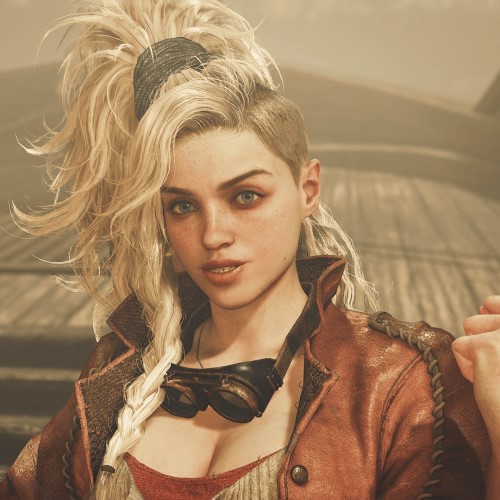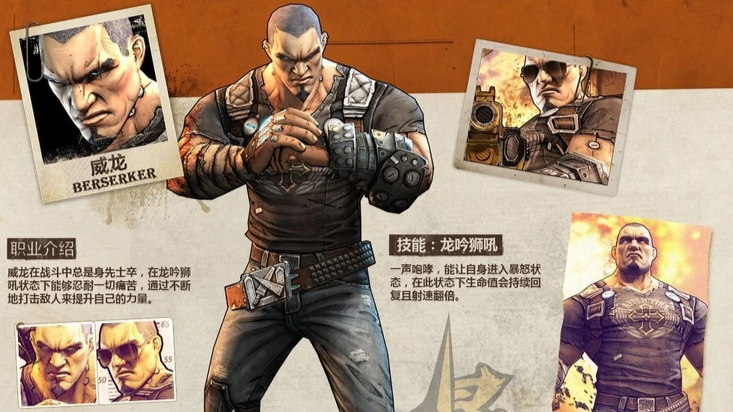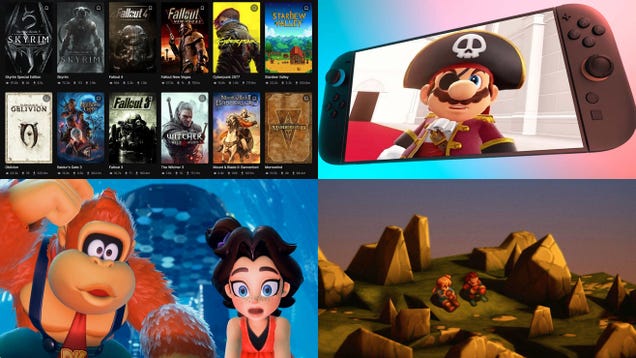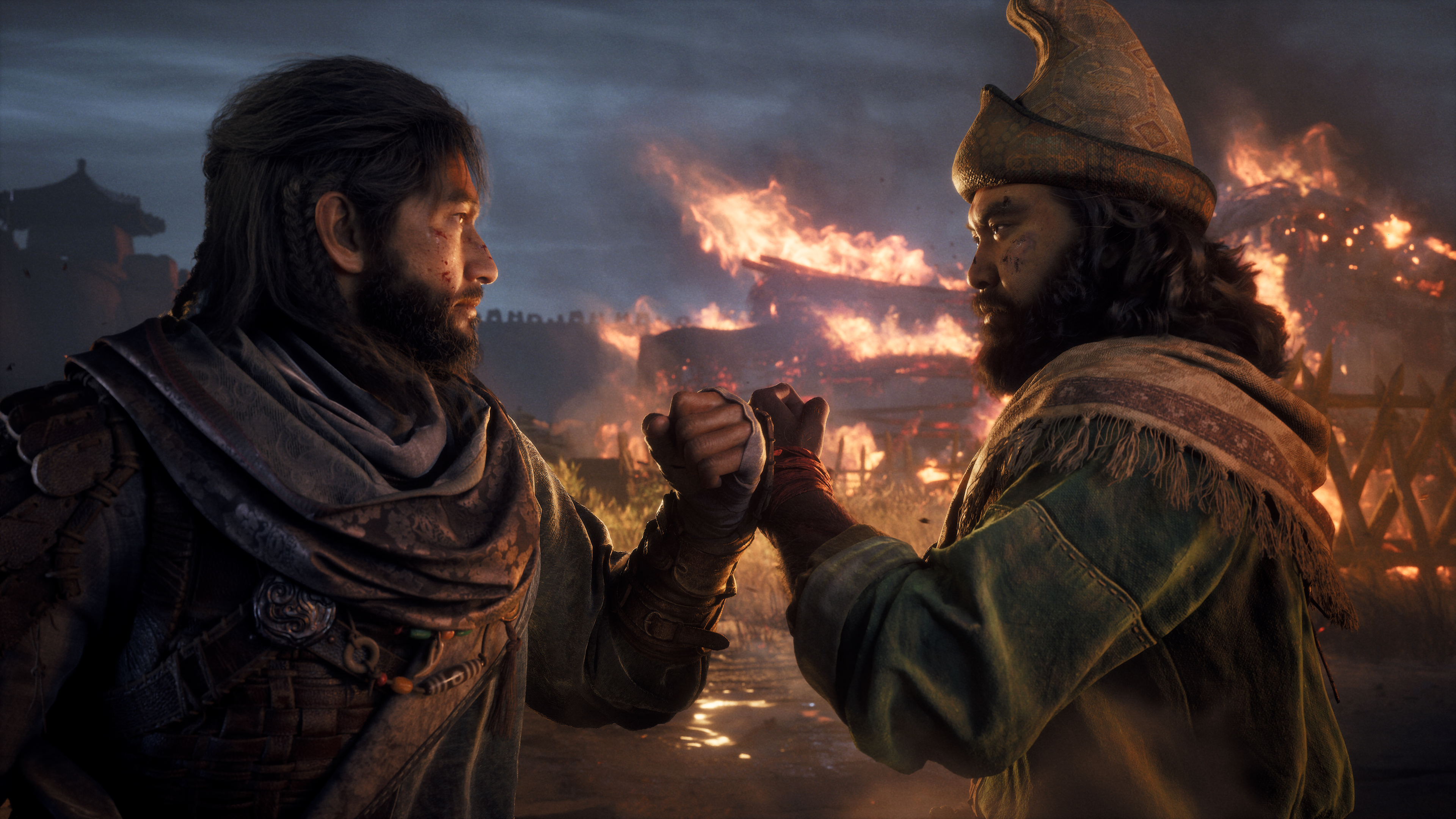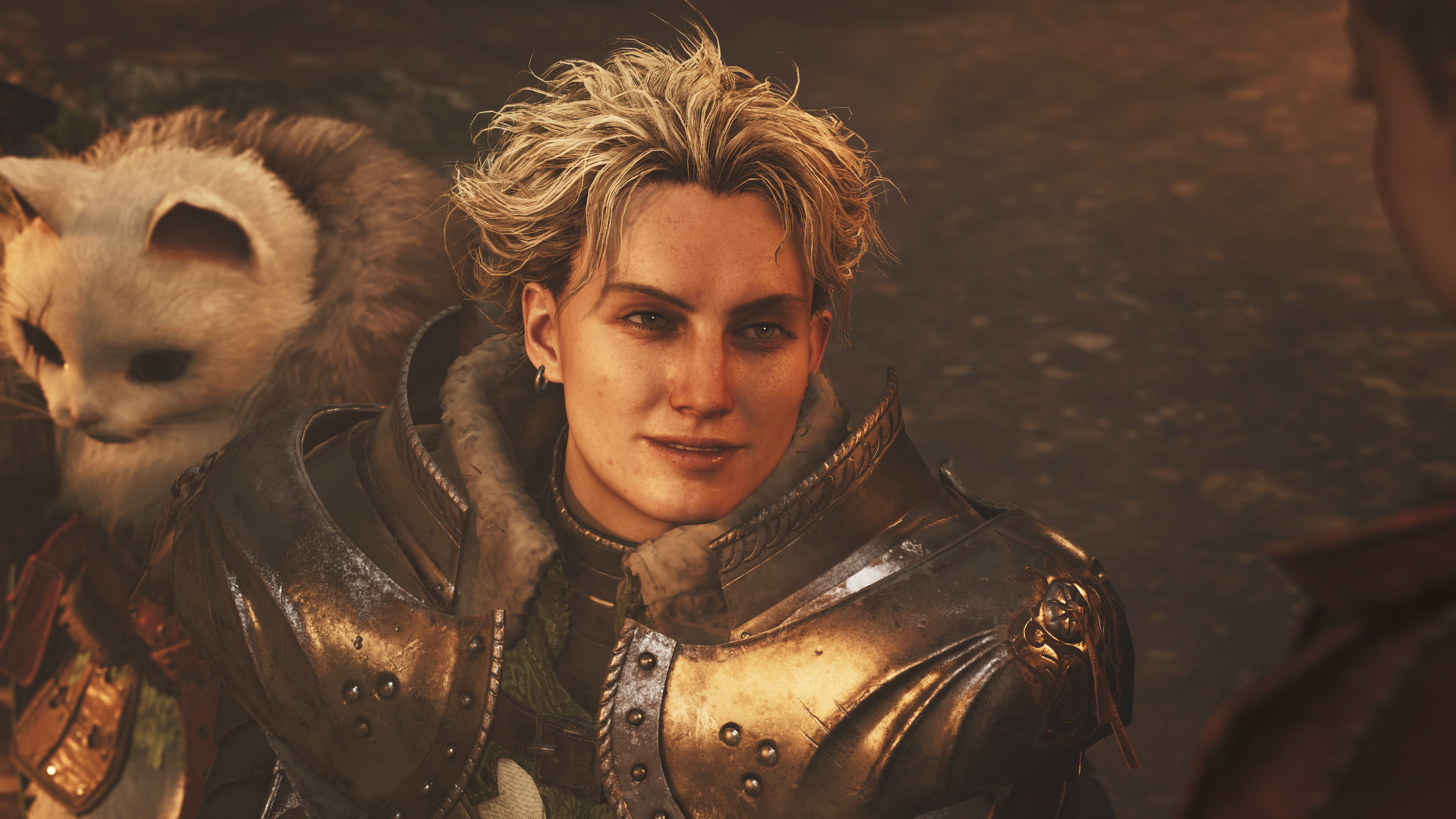
The relationship between humans and nature has always been key to Monster Hunter, but Capcom has even more to say this time.
Monster Hunter always makes it clear that you are not not the bad guy. Hunters aren’t just rogue poachers killing for sport; they’re part of a guild that takes very seriously how people live in harmony with nature, only greenlighting hunts when monsters act aggressively—which is usually the result of something in the world gone awry. It’s an admittedly thin justification for slaughtering hundreds of majestic beasts to turn into hats, pants, and weapons that you then use to slay more of their friends with, but Capcom has consistently tried to give Monster Hunter a noble sheen over the years. Wilds is no different. If anything, it’s the company’s most overt attempt yet to deliver an eco-positive message around the edges of its combat.
“When we launched Monster Hunter: World, because it was very successful, we thought about what we wanted to express in the next Monster Hunter installment,” said Wilds director Yuya Tokuda, who also directed 2018’s World. One of the team’s first priorities, he said, was to present “seamless gameplay sequences” without load screens between them, which manifest in Wilds’ pop-up camps that let you stay out in the field for long periods of time with no loading between hunts. Then came their thematic focus “on not just the nature of the world of Monster Hunter, but also how the people living in that work interact with nature.”
“The relationship between people, nature, and monsters, and what exactly is a hunter’s role in a world like that” inspired Wilds’ design, Tokuda said. “We wanted to illustrate that not just through the gameplay, but a very deep story… There are many other things we have planned down the line that are aligned to the concept of Monster Hunter Wilds, and we’re confident this game was able to achieve what we wanted to express with it.”
The volume of the text that’s available in the game will not affect the number of monsters available, so we can satisfy everybody
Yuya Tokuda
Tokuda said that there’s an increased focus on dialogue in Wilds, letting you color in the personality of your hunter a bit more (also new for the series, which traditionally features silent protagonists). But he quickly reassured that it didn’t come at the expense of combat. “There may be players who prefer to skip all that and just go keep on hunting the next monster—that’s possible too. The volume of the text that’s available in the game will not affect the number of monsters available, so we can satisfy everybody.”
“We have various people living in that world, like Nata, who had his hometown destroyed by a monster, and Olivia, who wants to correct that,” he said. “There are many people with different perspectives living all together. And we also wanted to illustrate how the hunter would feel in a world like that. What would they feel? How would they think? Everybody is different, so we decided to add those kinds of elements to Monster Hunter Wilds.”
Ultimately the thing that’s stuck in my head from our conversation is that Tokuda’s team already has “many other things planned down the line” that build on Wilds’ central idea. Monster Hunter Wilds is a week away—is that too early to start daydreaming about what Capcom could cook up for an expansion?
Monster Hunter Wilds: All the details to know
Monster Hunter Wilds weapons: Open the arsenal
Monster Hunter Wilds monsters: Which beasties are back
Monster Hunter Wilds multiplayer: How to co-op hunt
Monster Hunter Wilds tips: Hit the ground hunting
